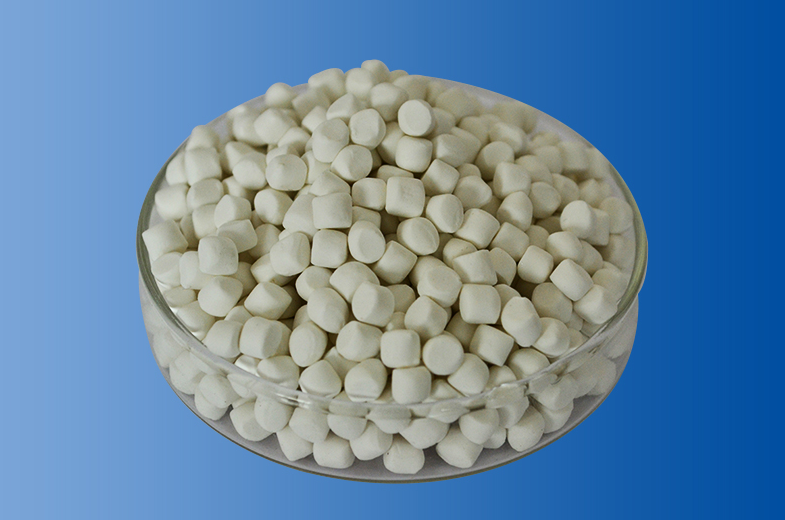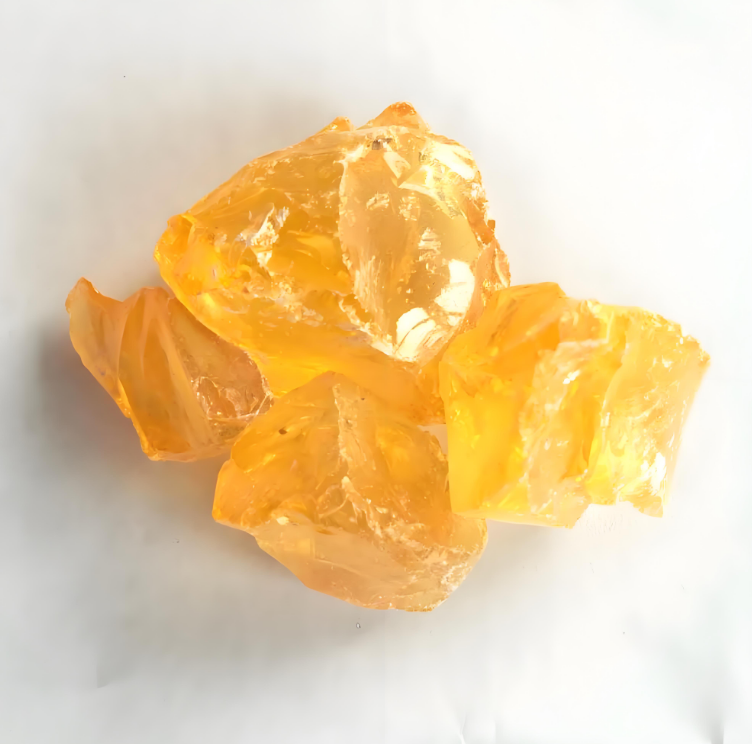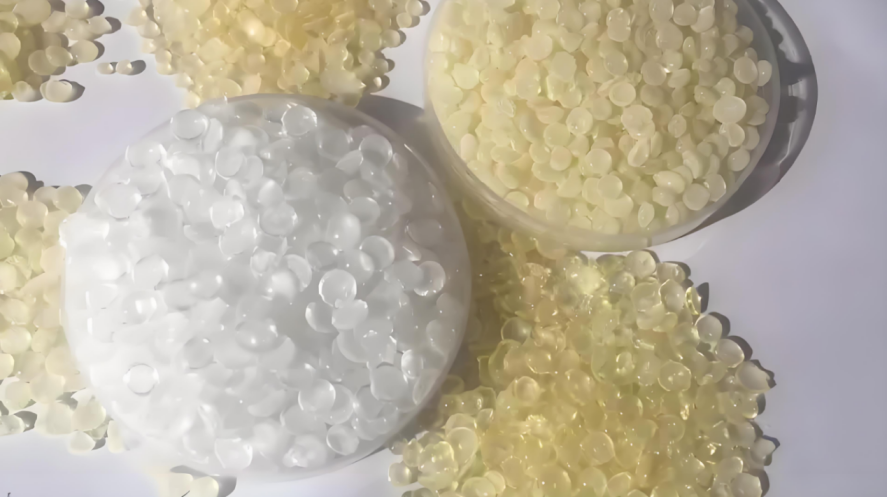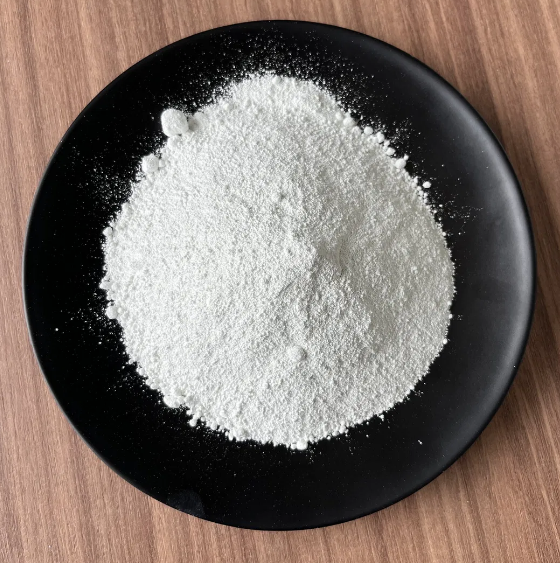2024 Stain-Free Solutions: Exploring Non Staining Antioxidant for Rubber
20/03/2024
Rubber antioxidants play a crucial role in the durability and performance of rubber products. These chemicals are added to rubber formulations to prevent degradation caused by oxidation, which can lead to cracking, hardening, and loss of elasticity over time. By inhibiting oxidation, antioxidants extend the lifespan of rubber products, ensuring they maintain their properties under various environmental conditions.
The Importance of Rubber Antioxidants
1. Understanding Oxidative Degradation
Oxidative degradation occurs when rubber is exposed to oxygen and other reactive substances, such as ozone and heat. This process leads to the formation of free radicals, which initiate chain reactions that break down the polymer chains in rubber. Antioxidants interrupt these chain reactions by scavenging free radicals, thus preventing further degradation and preserving the integrity of the rubber.
2. The Role of Antioxidants
Antioxidants act as sacrificial agents, sacrificing themselves to neutralize free radicals before they can cause damage to the rubber. They work synergistically with other additives, such as antiozonants and UV stabilizers, to provide comprehensive protection against environmental factors. Without antioxidants, rubber products would be susceptible to premature failure, reducing their effectiveness and lifespan.
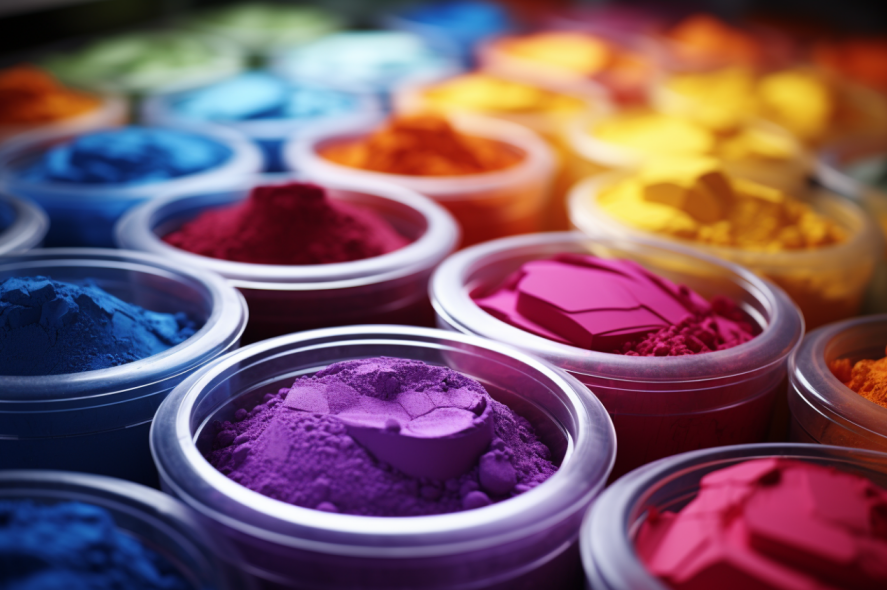
Challenges with Traditional Rubber Antioxidants
While traditional rubber antioxidants effectively prevent degradation, they often come with a drawback: staining. Staining occurs when antioxidants migrate to the surface of rubber products, leaving unsightly marks or discoloration. This staining can diminish the aesthetic appeal of rubber goods, particularly in applications where appearance is critical.
1. Factors Contributing to Staining
Several factors contribute to staining issues associated with traditional antioxidants. These include the chemical composition of the antioxidant, its compatibility with the rubber matrix, and the method of application. In some cases, high concentrations or uneven distribution of antioxidants can exacerbate staining problems, leading to dissatisfaction among end-users.
2. Addressing Staining Concerns
Manufacturers have sought alternatives to traditional antioxidants that offer the same level of protection without the staining drawbacks. One such solution is the use of non-staining antioxidants, which provide effective oxidative protection while maintaining the aesthetic integrity of rubber products.
3. Introducing Non-Staining Antioxidants
Non-staining antioxidants offer a promising solution to the staining issues encountered with traditional antioxidants. These additives are specially formulated to prevent migration to the surface of rubber products, minimizing the risk of discoloration and preserving their appearance.
4. Benefits of Non-Staining Antioxidants
The primary benefit of non-staining antioxidants is their ability to protect rubber products without compromising their visual appeal. By eliminating staining, manufacturers can produce high-quality rubber goods that meet both functional and aesthetic requirements. Additionally, non-staining antioxidants may offer improved performance and stability compared to their traditional counterparts.
5. Enhanced Aesthetics
Non-staining antioxidants ensure that rubber products maintain their original color and texture throughout their lifespan. This is particularly important in applications where appearance is crucial, such as automotive components, consumer goods, and architectural seals. By preserving the visual integrity of rubber products, non-staining antioxidants enhance their marketability and perceived value.
Types of Non-Staining Antioxidants
Non Staining Antioxidant for Rubber encompasses a variety of chemical classes, each with its unique mechanism of action and compatibility with rubber formulations. Understanding the different types of non-staining antioxidants is essential for selecting the most suitable option for specific applications.
1. Hindered Phenols
Hindered phenols are one of the most commonly used non-staining antioxidants in rubber applications. These compounds inhibit oxidation by donating hydrogen atoms to free radicals, thereby interrupting the chain reaction. Hindered phenols offer excellent thermal stability and compatibility with a wide range of rubber formulations, making them versatile additives for various industries.
2. Mechanism of Action
Hindered phenols act as radical scavengers, intercepting free radicals before they can propagate oxidation reactions in rubber. Their hindered structure prevents them from migrating to the surface of rubber products, minimizing the risk of staining. Additionally, hindered phenols exhibit synergistic effects when combined with other antioxidants, further enhancing their effectiveness in preventing degradation.
3. Phosphites
Phosphites are another class of non-staining antioxidants commonly used in rubber formulations. These compounds function by decomposing hydroperoxides, which are intermediates in the oxidation process, into non-radical products. Phosphites offer excellent heat stability and compatibility with various rubber matrices, making them valuable additives for improving the oxidative resistance of rubber products.
4. Compatibility Considerations
Phosphites are highly compatible with natural and synthetic rubbers, as well as with other antioxidants and stabilizers. Their low volatility and migration resistance ensure uniform distribution within rubber compounds, minimizing the risk of staining. Additionally, phosphites exhibit synergistic effects when combined with hindered phenols, further enhancing their antioxidant performance.
5. Thioesters
Thioesters represent another class of non-staining antioxidants that are widely used in rubber applications. These compounds function by scavenging free radicals and terminating oxidation chain reactions in rubber. Thioesters offer excellent heat stability and compatibility with various rubber formulations, making them effective additives for enhancing the oxidative resistance of rubber products.
6. Mechanism of Action
Thioesters inhibit oxidation by donating hydrogen atoms to free radicals, thereby interrupting the chain reaction and preventing further degradation of rubber. Their low volatility and migration resistance ensure uniform distribution within rubber compounds, minimizing the risk of staining. Additionally, thioesters exhibit synergistic effects when combined with other antioxidants, further enhancing their effectiveness in preventing degradation.
Case Studies: Success Stories with Non-Staining Antioxidants
One notable example of the successful application of Non Staining Antioxidant for Rubber is in the automotive industry. Rubber seals and gaskets used in vehicles are exposed to a wide range of environmental conditions, including heat, moisture, and UV radiation. By incorporating non-staining antioxidants into the rubber formulations, manufacturers have been able to extend the lifespan of these components while maintaining their appearance. As a result, vehicles equipped with non-staining antioxidant-treated rubber parts experience reduced maintenance costs and improved overall performance.
Another case study involves the construction industry, where non-staining antioxidants have been used in the production of architectural seals and gaskets. These rubber components are exposed to harsh weather conditions, such as sunlight, rain, and temperature fluctuations. By incorporating non-staining antioxidants into the rubber formulations, manufacturers have been able to enhance the durability and longevity of these seals, reducing the need for frequent replacements and minimizing maintenance expenses for building owners.
Performance Improvements and Cost-Effectiveness
The use of Non Staining Antioxidant for Rubber has led to significant performance improvements and cost savings for manufacturers across various industries. By preventing oxidation-induced degradation, non-staining antioxidants help maintain the mechanical properties and appearance of rubber products over time. This results in reduced downtime, lower maintenance costs, and increased reliability for end-users. Additionally, the long-term durability of rubber components treated with non-staining antioxidants translates to enhanced customer satisfaction and brand reputation.
In terms of cost-effectiveness, while non-staining antioxidants may have a slightly higher initial investment compared to traditional antioxidants, their benefits far outweigh the additional expense. The extended lifespan of rubber products treated with non-staining antioxidants ultimately leads to lower overall lifecycle costs, making them a wise investment for manufacturers seeking to optimize their production processes and improve product quality.
Challenges and Considerations
Despite their numerous benefits, incorporating non-staining antioxidants into rubber formulations can pose certain challenges for manufacturers. One potential issue is compatibility with other additives and processing aids used in rubber compounding. Ensuring proper dispersion and uniform distribution of non-staining antioxidants within the rubber matrix is essential to maximize their effectiveness and minimize the risk of staining or uneven protection.
Another consideration is the selection of the appropriate Non Staining Antioxidant for Rubber for specific applications. Factors such as temperature resistance, compatibility with different rubber types, and regulatory compliance must be taken into account when choosing the right antioxidant for a particular product or industry. Collaborating with experienced suppliers like CHEMBROAD can help manufacturers navigate these challenges and identify the most suitable non-staining antioxidant solutions for their needs.
Future Trends and Innovations
Looking ahead, ongoing research and development efforts are focused on further improving the performance and versatility of non-staining antioxidant technologies. Innovations in molecular design, formulation techniques, and processing methods are driving advancements in this field, allowing for the development of next-generation antioxidants with enhanced properties and functionalities. Additionally, the growing emphasis on sustainability and environmental stewardship is fueling the demand for eco-friendly antioxidant solutions that minimize the use of harmful chemicals and reduce environmental impact.
As the rubber industry continues to evolve, the adoption of non-staining antioxidants is expected to increase, driven by their proven effectiveness, cost-effectiveness, and versatility. By staying abreast of the latest trends and innovations in non-staining antioxidant technologies, manufacturers can position themselves for success in a competitive marketplace while delivering high-quality, long-lasting rubber products to their customers.
Conclusion
In conclusion, non-staining antioxidants offer a promising solution to the staining issues associated with traditional rubber antioxidants. These additives provide effective oxidative protection while preserving the visual integrity of rubber products, making them ideal for applications where appearance is critical. By understanding the different types of non-staining antioxidants and their mechanisms of action, manufacturers can select the most suitable options for their specific requirements, ensuring the long-term durability and performance of rubber goods.

